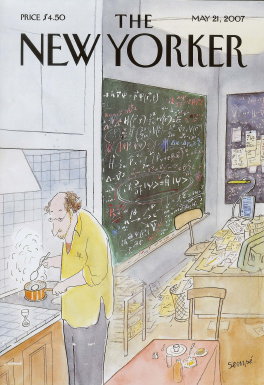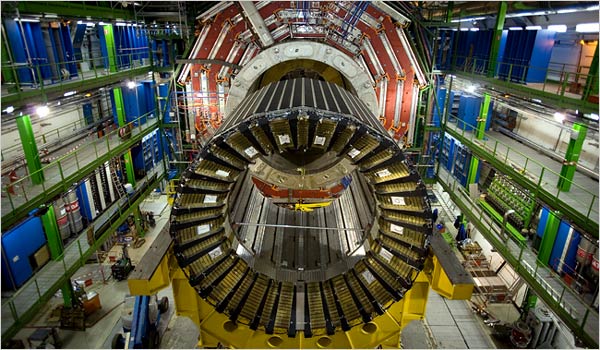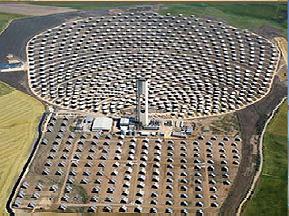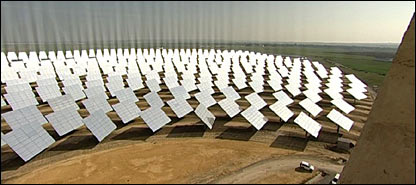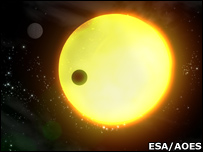Yesterday was a full day indeed. The main event? The California State Science Fair. The venue? The California Science Center (just across the road from USC). Here’s a picture of it in case you’ve never been:

(Click for larger view.) California Science Center (with one of my personal emergency escape crafts cleverly disguised somewhere in the picture – all scientists have emergency escape craft, by the way – along with our plans to take over the world, our lab coat, and so forth…)
 The time? 7:00am. Yes, we start early, as there is a lot to do for the long morning. The judges all gather in the IMAX theatre for a briefing about the ins and outs of the organization this year, the times at which various things will happen, and a reminder about some of the finer points of judging.
The time? 7:00am. Yes, we start early, as there is a lot to do for the long morning. The judges all gather in the IMAX theatre for a briefing about the ins and outs of the organization this year, the times at which various things will happen, and a reminder about some of the finer points of judging.
At 8:00am we broke up into groups of judges who will judge various sections. Mine was Applied Mechanics and Structures – Senior. Here, we decided on our collective strategy concerning how we’ll go around the various displays, making sure at least five judges (there were ten of us in total) see each project once in the first round of interviews. We’ll compare notes during the break at 11:00am, agree which ones we should all have seen – in order to focus on deciding which ones get which prizes or honourable mentions. I forgot to take a picture of our group of judges sitting around the table chatting. Most of the judges in my group were people from the aerospace industry, I gathered. About three or four people were new to the whole thing, and so some of us explained a bit about the things that we ought to be looking out for in the judging. This also (given the section were were to judge, and given the makeup of the judging panel – many coming from an industry where the place where the science and engineering are quite thoroughly – and necessarily – mixed together) leads to discussion about making sure to distinguish between a great science project and a great engineering project. It’s also good to be aware, when making comparisons, of the vast differences in resources that some entrants have access to. These two things, to my mind, are very important (and we all agreed). A kid (especially one with access to lots of resources, for example) can dazzle an unwary judge with lots of fancy cool equipment and build something that is truly wonderful and admirable, but that does not necessarily mean that they would have done as much science as the next entrant who has done some very careful scientific experimentation with a innovative way of answering a clearly stated question, but in a less spectacular setting – perhaps mostly using more affordable household items.
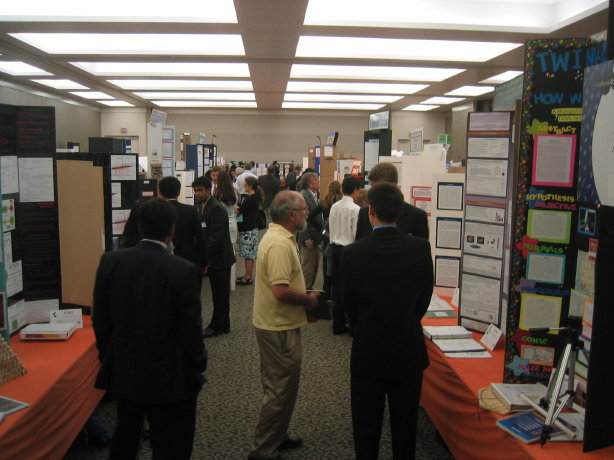
(Click for larger view.) Overview shot of one of the sections, with poster displays.
Well, with that in mind, we all went off to meet the youngsters! See the project listings here. This is the best part, of course… talking with all those enthusiastic young people […] Click to continue reading this post →
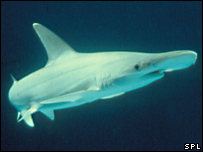 Remember Flora? The Komodo dragon? I blogged about her here and here. She produced offspring using parthenogenesis while in captivity last year. Well, there was a news story earlier this week about a bonnethead shark in in the Henry Doorly Zoo in Nebraska giving birth to a pup. (Interestingly, zoo-keepers and news reporters seemed uninterested in giving our subject shark a name, as happened for the reptile.)
Remember Flora? The Komodo dragon? I blogged about her here and here. She produced offspring using parthenogenesis while in captivity last year. Well, there was a news story earlier this week about a bonnethead shark in in the Henry Doorly Zoo in Nebraska giving birth to a pup. (Interestingly, zoo-keepers and news reporters seemed uninterested in giving our subject shark a name, as happened for the reptile.)







